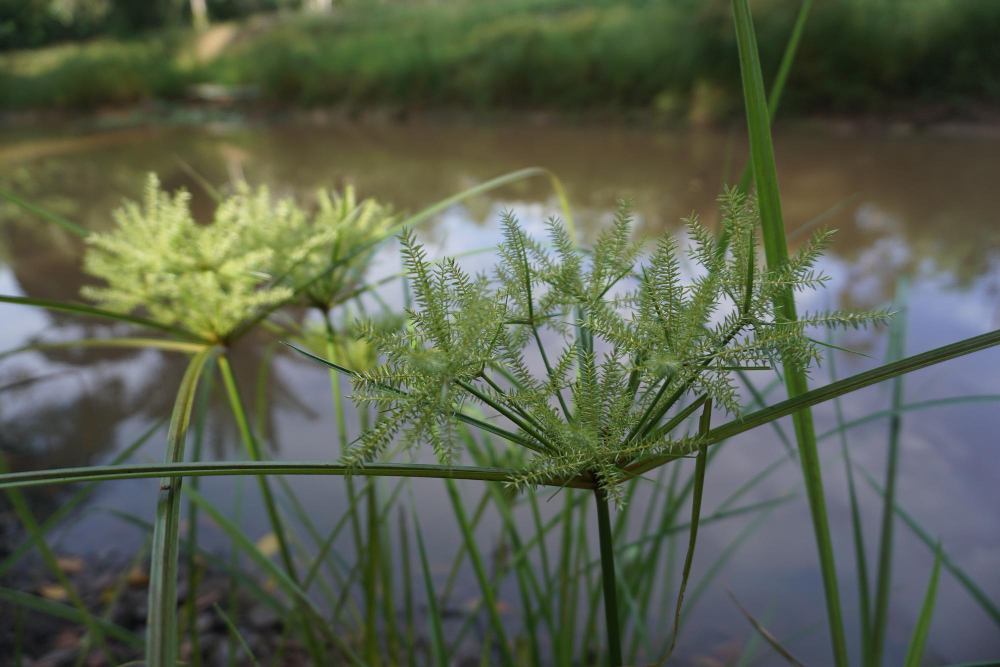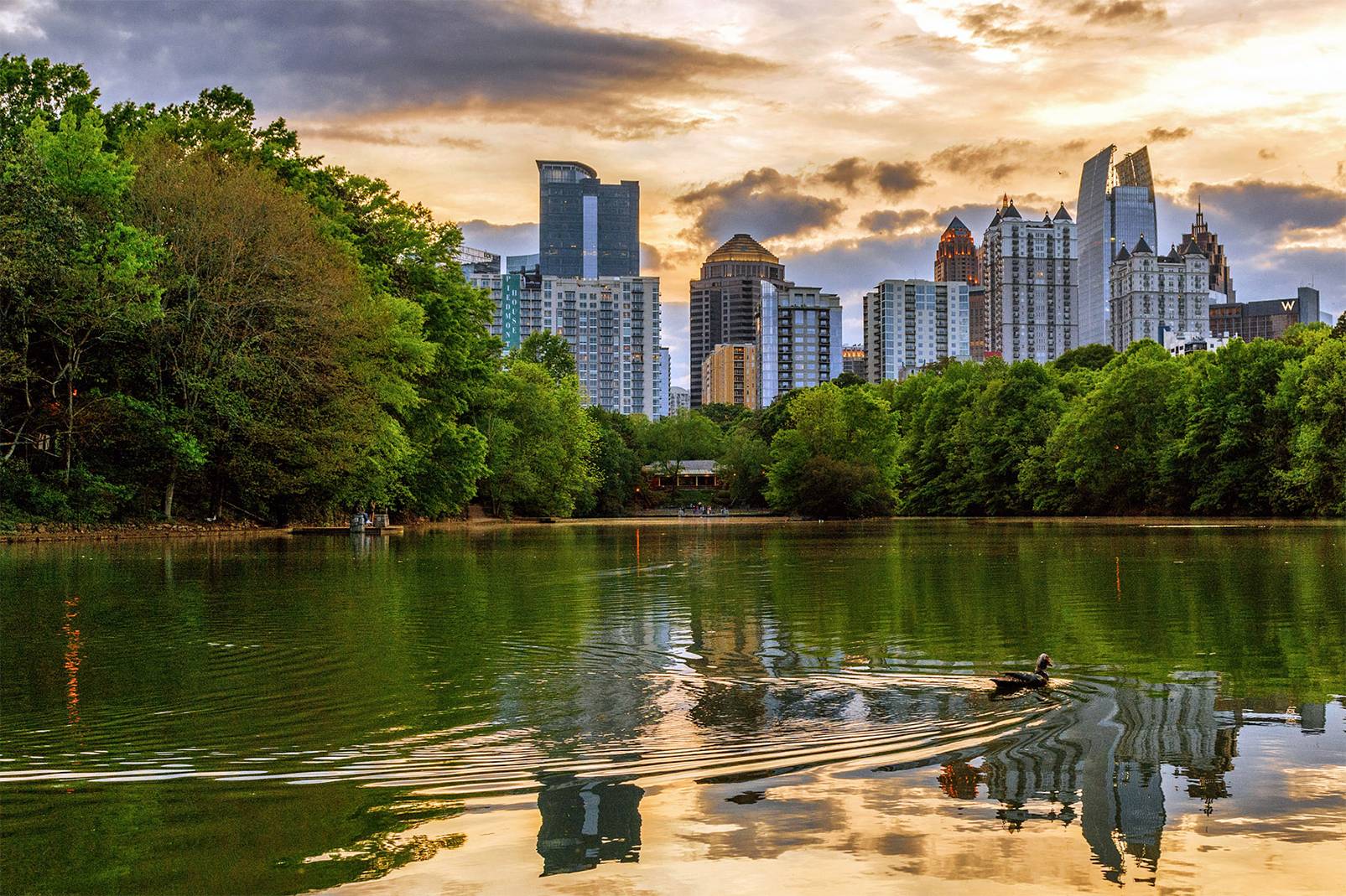
Pond weeds are silent invaders of serene aquatic landscapes, quietly transforming pristine waters into tangled ecosystems. For property owners looking to maximize the beauty and functionality of their ponds or lakes, a deep understanding of pond weeds is fundamental. In this brief guide brought to you by Aquatic Restoration, we take a dive into the world of pond weeds and explore their types, their impact, management strategies, and proactive maintenance measures.
If you’d rather leave the lake or pond maintenance to trained and seasoned professionals, then consider the time-tested specialists at Aquatic Restoration. With over 35 years under our belt, we have the expertise and experience to turn your pond or lake into an immaculate focal point of your property.
Pond weeds encompass a diverse range of plant species that thrive in freshwater environments. These weeds can be broadly categorized into two main types: submerged and emergent.
Submerged pond weeds, such as Hydrilla and Eurasian watermilfoil, grow entirely beneath the water's surface. Their long, slender stems and delicate leaves create dense “underwater forests” that can quickly overtake a pond if left unchecked. These weeds not only detract from the aesthetic appeal of the water but also disrupt its ecological balance.
Emergent pond weeds, such as cattails and water lilies, typically have their roots submerged but their stems and foliage extend above the waterline. While these plants can add a natural charm to a pond, they can also proliferate rapidly and get in the way of recreational activities like fishing and boating if not managed properly.

The unchecked growth of pond weeds can have several detrimental effects on the overall health and usability of a pond or lake. These repercussions include but are not limited to:
Fortunately, there are many ways to tackle pond weeds. In fact, effective management of pond weeds requires a multifaceted approach that combines mechanical, biological, and chemical methods:
If you’d like to leave the detention or retention pond maintenance to a team of trained and experienced professionals, then call the time-tested specialists at Aquatic Restoration. We are happy to schedule a face-to-face consultation or arrange on-site visit for as soon as possible.
Sediment buildup is one of the biggest threats to lakes and ponds. It not only impacts water quality but also…
If you own a pond or lake, you know that proactive maintenance is an integral part of keeping the…
If you’ve ever walked outside and noticed your lake suddenly turn a murky shade of green, you’re not alone. Many…
Lakes are vital ecosystems that support wildlife, protect water quality, and enhance the quality of life for surrounding communities. Whether…
If you’re reading this, there’s a good chance you’re sick and tired of dealing with aquatic weeds that never…